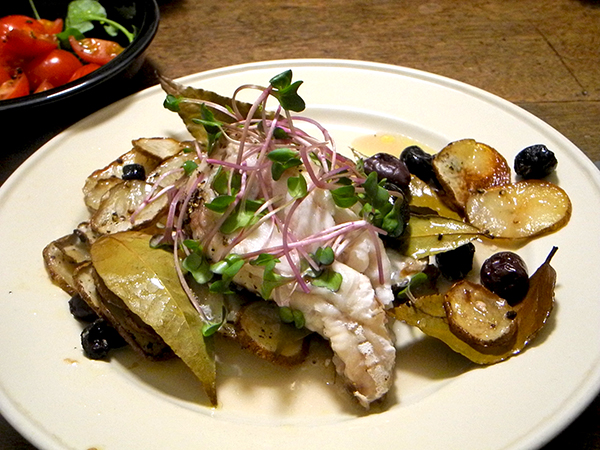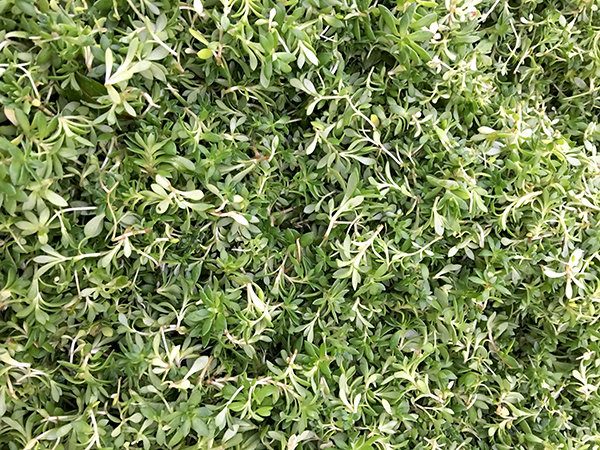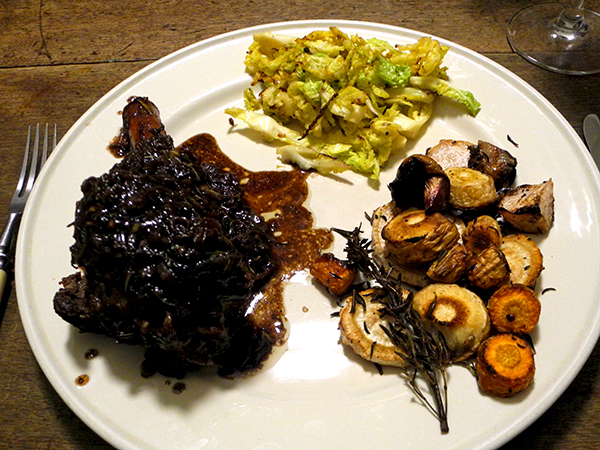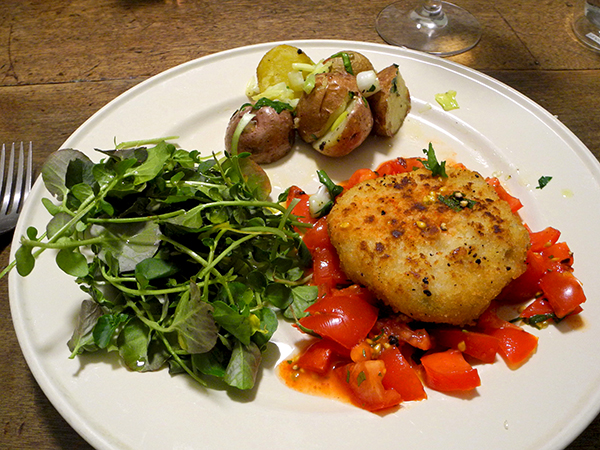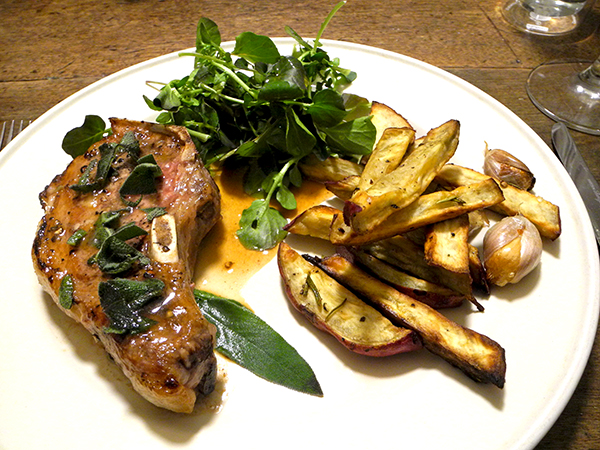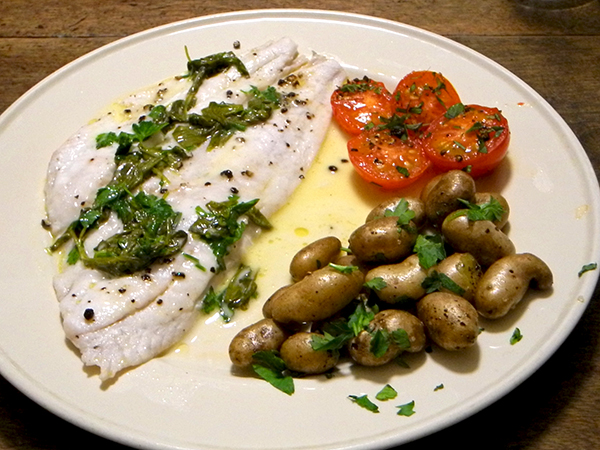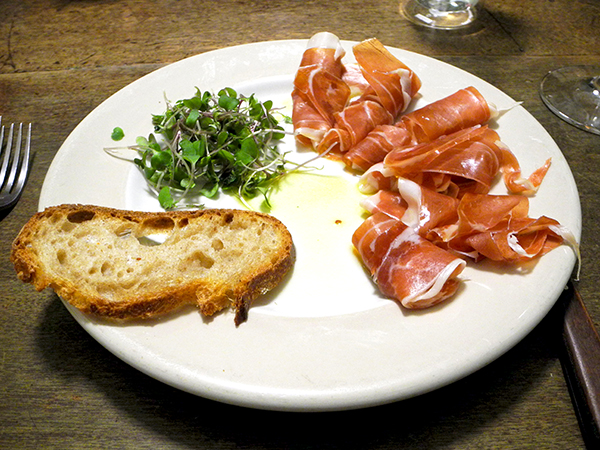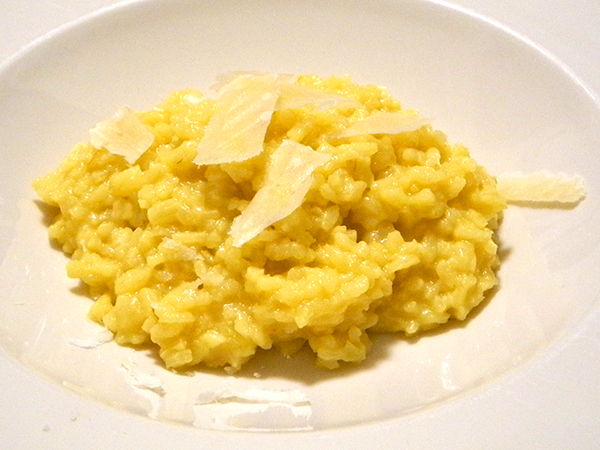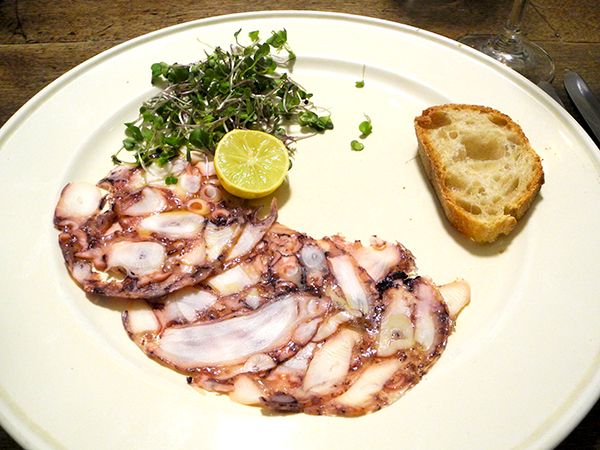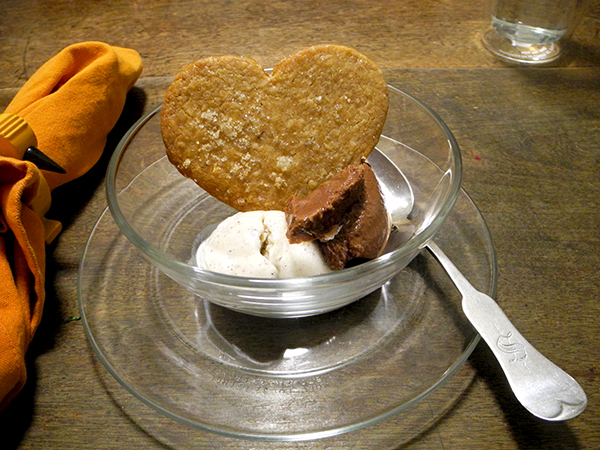if I were asked to describe a savory fish dish, this would be it
I’ve worked with this recipe many times, and it never misses the mark. That mark includes simple, virtually foolproof preparation, ingredients likely to be on hand, ability to remain warm, singularity, and, of course, tastiness.
I think we’ve enjoyed it in warmer months, but it really comes into its own during the colder. In fact, when I texted Barry from the Greenmarket on Saturday, including a shot of the fishmonger’s menu, and asked him to pick from it, he came back almost immediately, “Monkfish, since it’s cold?”. He was describing another of its virtues: Forty or forty-five minutes in a warm oven means a cozy breakfast room with a window open a crack for fresh air.
The recipe came to me years ago, via the New York Times, from Mark Bittman, who suggests it also works with “almost any firm fish fillet”. He mentions red snapper, sea bass, pollock, among others, but I would also include hake, haddock, and cod, remembering to be careful about removing the fillets from the pan when done.
- one 18-ounce monkfish tail from American Seafood Company, roasted with three quarters of a cup of Moroccan and Kalamata olives from Whole Foods, pits removed, on top of a bed of scrubbed, unpeeled, thinly-sliced and seasoned Russet potatoes from Keith’s Farm which had just been roasted (in a very generous amount of olive oil), with 10 or 12 (!) fresh bay leaves from West Side Market, then finished with a sprinkling of ‘Hong Vit‘ Asian radish micro greens from Windfall Farms
- a side dish of hydroponic watercress (sold looking like a bouquet of flowers, as they are sheathed in plastic, to protect the leaves and their roots) from Two Guys from Woodbridge, and a handful of quartered Backyard Farms Maine ‘cocktail tomatoes’ from Whole Foods, dressed simply with a good olive oil and a squeeze of juice from one half of a tiny lime-like lemon (lemon-like lime?) from Fantastic Gardens of Long Island
- the wine was a Spanish (Rueda) white, Naia D.O. Rueda 2014, from Verdejo old vines
- the music was Handel’s ‘Giulio Cesare’, Alan Curtis conducting Il Complesso Barocco, with Gianluca Buratto, Milena Storti, Karina Gauvin, Filippo Mineccia, Johannes Weisser, Romina Basso, Emöke Barath, and Marie-Nicole Lemieux
